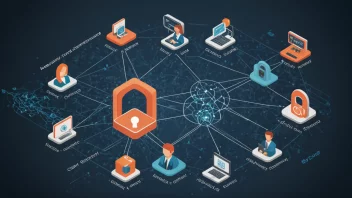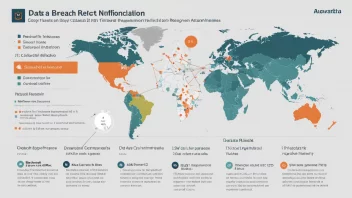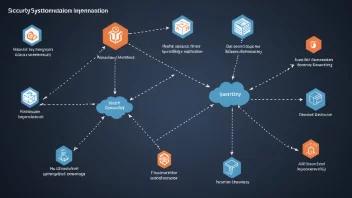Introduction
As smart contracts continue to gain traction in various industries, the importance of cybersecurity cannot be overstated. These self-executing contracts with the terms of the agreement directly written into code present unique challenges and vulnerabilities. Below, we present the top 7 best practices to mitigate risks associated with smart contracts.
1. Thorough Code Audits
A comprehensive code audit is essential for identifying vulnerabilities in smart contracts before deployment. Engaging third-party security experts can help uncover potential flaws or logical errors that could be exploited by attackers.
2. Use Formal Verification
Formal verification involves mathematically proving the correctness of algorithms underlying a smart contract. This process ensures that the contract behaves as intended under all possible conditions, significantly reducing the risk of failures or exploits.
3. Implement Access Controls
Access control mechanisms are vital for ensuring that only authorized users can execute or modify the smart contract. Role-based access control (RBAC) or multi-signature wallets can enhance security by adding layers of authentication.
4. Regular Security Testing
Conducting regular security tests, including penetration testing and vulnerability assessments, can help identify weaknesses over time. Continuous monitoring should be part of the lifecycle of a smart contract to adapt to emerging threats.
5. Use Established Frameworks
Utilizing established frameworks for smart contract development can reduce the likelihood of vulnerabilities. Frameworks like OpenZeppelin provide pre-audited libraries that developers can use to build secure contracts.
6. Implement Upgradeability
Designing contracts to be upgradeable allows for fixing bugs and adapting to new security standards without losing the contract's state. This can be achieved through proxy patterns, enabling the developer to deploy new contract logic while preserving existing data.
7. Educate Stakeholders
Education and awareness among all stakeholders, including developers, users, and investors, play a crucial role in maintaining security. Providing training on best practices and potential threats can foster a security-first mindset.
Conclusion
Securing smart contracts in the evolving landscape of cybersecurity requires diligence and proactive measures. By adhering to these best practices, developers and organizations can significantly mitigate risks and protect their assets.






